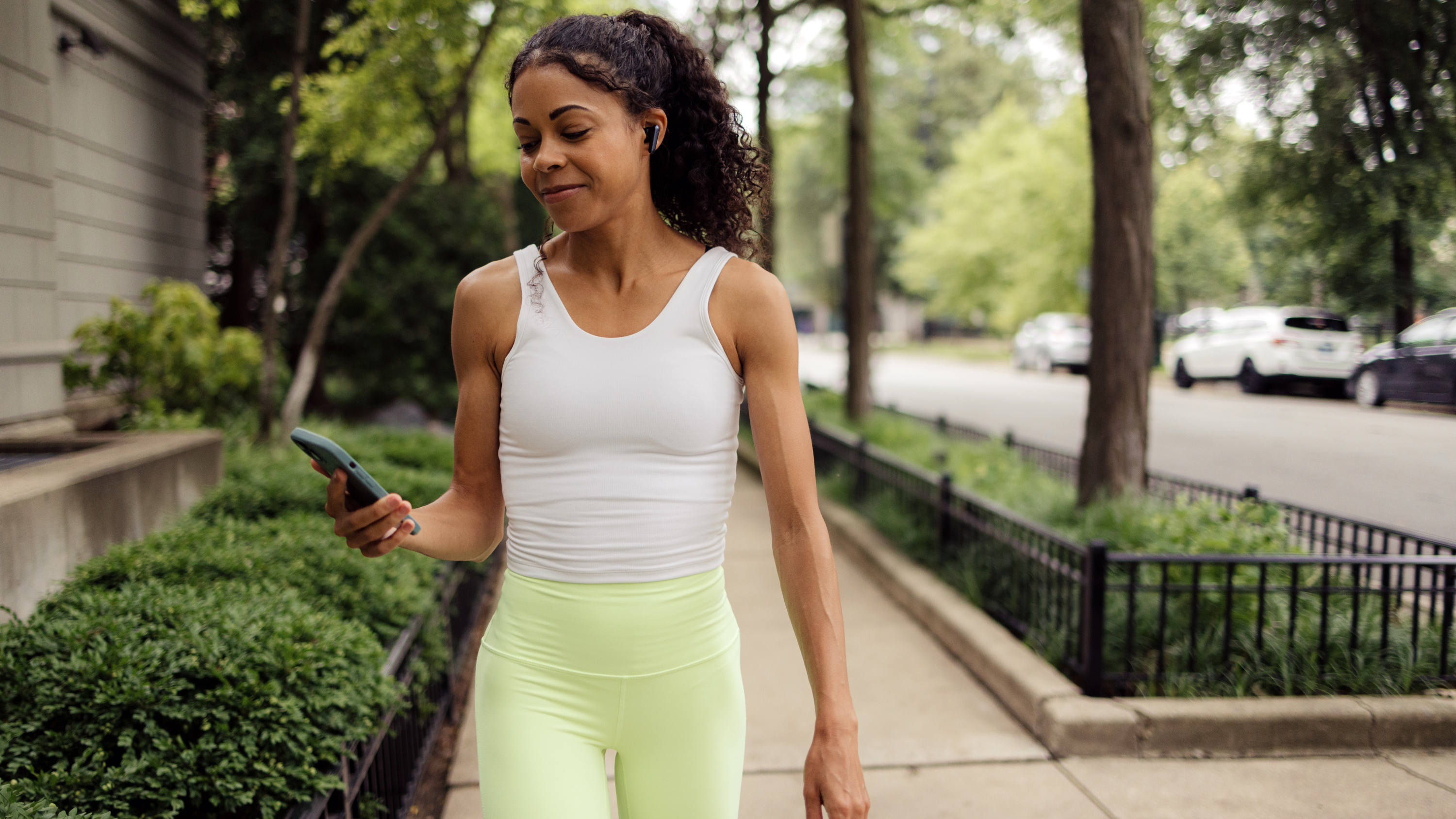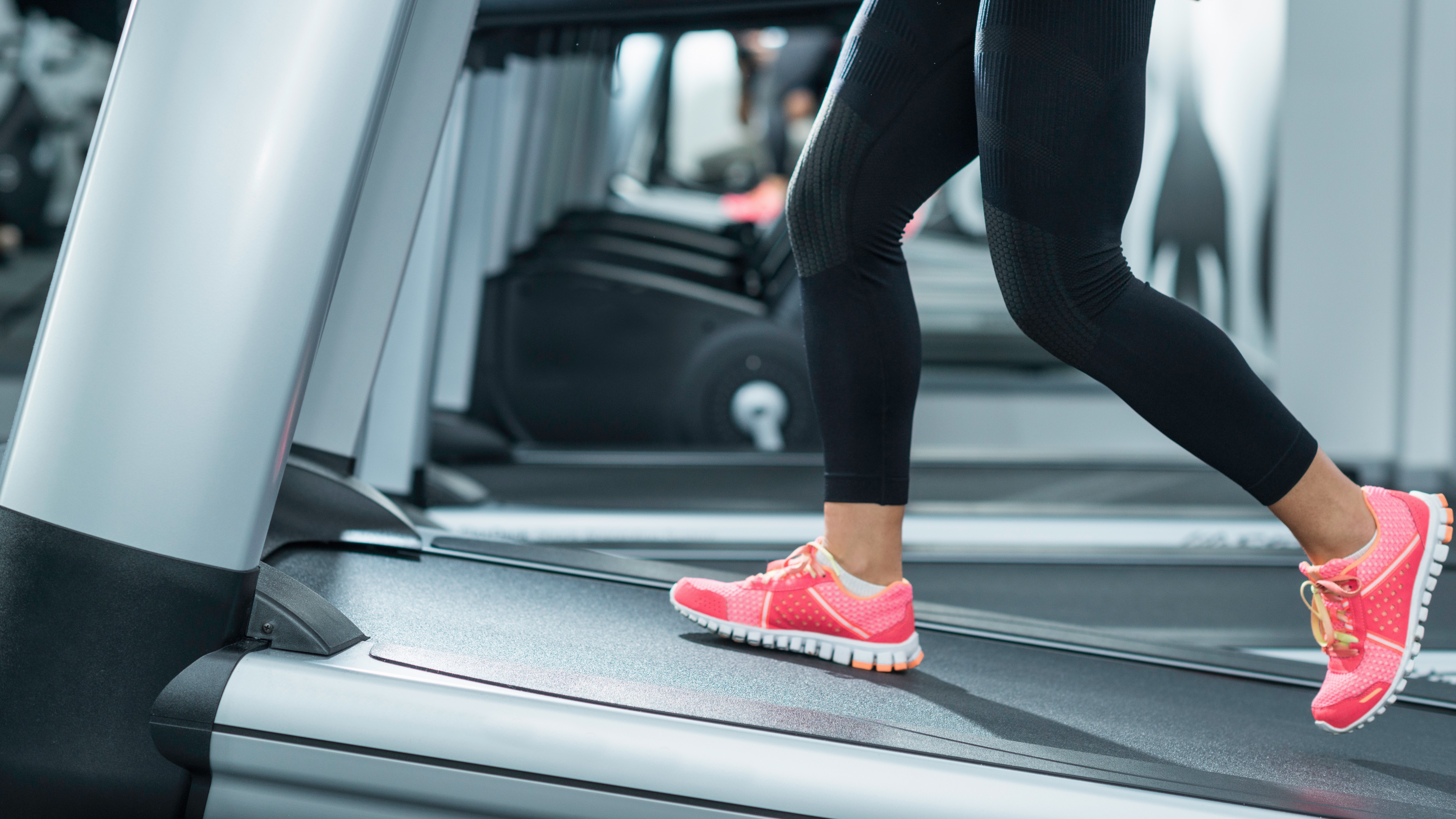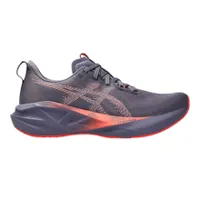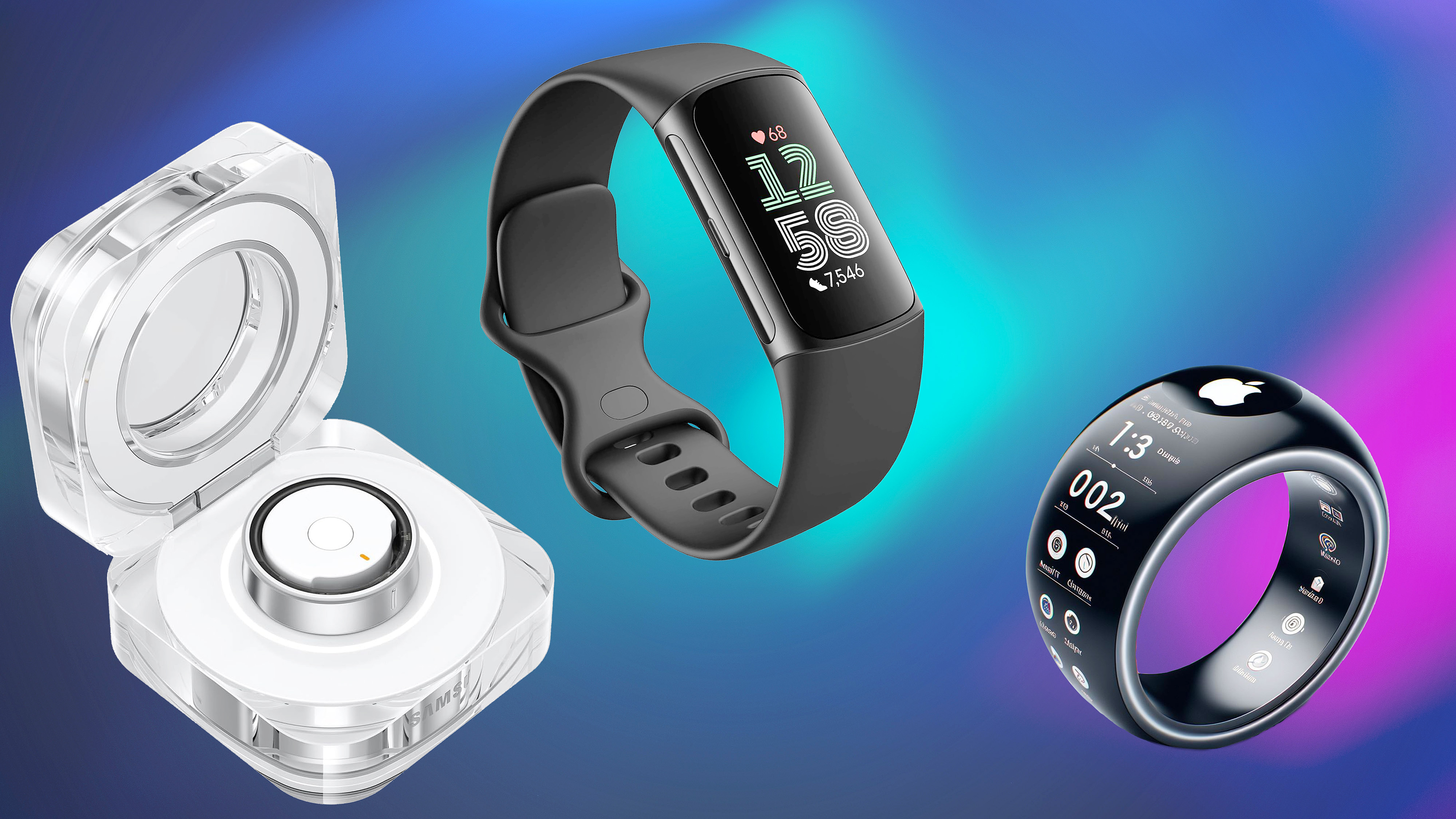10,000 steps or Japanese walking? We ask the experts if you should be walking further or faster

Walking workouts are all the rage right now, with the Japanese walking workout making headlines for it’s promise to burn fat and lower blood pressure. (You can read what happened when I tried Japanese walking for a week here.) But should you be focusing on walking further, or walking faster if you want to get fitter and stronger? To find out more, we asked an expert.
As always, when it comes to taking on a new workout routine, remember to always seek guidance from a qualified professional if you’re returning from an injury, or pregnancy.
The Novablast 5 are our favorite running shoes overall. They come in a variety of colors, are great for runners or walkers of all levels, and deliver an impressive mix of comfort, responsiveness, and versatility.
Should you walk further or faster?
The answer to this question depends on your goals and how much time you have to play with, explains Alex Kirkup-Lee, a personal trainer from Gymshark.
Walking further boosts your endurance
If you’re looking to boost your cardiovascular fitness and endurance, heading out for a longer walk might be the best option. “Steady-state walks are great for building a consistent routine and fat-burning, especially if you have an hour or so available to spend.”
In order to get the most out of your workout, you’ll need to ensure you’re walking at a decent pace. This will vary depending on your age and fitness level, but as a general rule, you should be walking at an effort of around four or five out of ten. (One of the best fitness trackers can help you maintain a steady pace.) You should be able to sustain the effort for the entire walk and keep your heart rate raised. You shouldn’t be out of breath — as a maker, you should be able to hold a conversation with someone walking next to you, but this isn’t a relaxed stroll.

Walking faster is better if you have less time
The Japanese Interval Walking Training (IWT) method is nothing new — you’re simply mixing intervals of faster-paced walking with low-intensity walks. Studies have found IWT has several health benefits. After three months of doing a 30-minute interval walk three times a week, participants had lower blood pressure and cholesterol, increased leg strength, and more aerobic capacity than those who walked continuously at a moderate pace for the same time.
“If you’re short on time, picking up the pace during shorter sessions, like intervals, can be more effective in less time, as it raises your heart rate quicker and helps you burn more calories. This makes the walk feel more like a workout,” Kirkup-Lee says.
Get instant access to breaking news, the hottest reviews, great deals and helpful tips.

If you want to build muscle, add weight or incline
“If you’re looking to build muscle through walking, adding inclines and wearing a light backpack or weighted vest can help to engage your glutes and legs, strengthening and toning the lower body over time,” says Kirkup-Lee. Rucking is all the rage at the moment, but you don’t need expensive equipment to give it a go — simply grab one of the best adjustable dumbbells and put it in a comfortable backpack to increase the intensity of your walks. Or head to the gym and try the 12-3-30 treadmill workout.
“While walking alone won’t build muscle mass in the same way as weight training, it can still contribute to muscle definition, especially when paired with varied terrain and additional load.”

If you can, do both
The truth is, walking further and walking faster is ideal. “I’ve found that mixing longer walks with shorter, faster-paced ones around your weekly routine can give you the best of both worlds,” Kirkup-Lee explains.
Slower, longer walks, where your heart rate stays in zone 2 (a level of heart rate training categorised as 60 to 70 percent of your heart rate max), can help you build fitness and strengthen your heart. At the same time, shorter, faster walks will boost your metabolism and burn more calories. In order to use walking for weight loss, you’ll want to ensure you’re in a calorie deficit, burning more calories than you consume. One of the best ways to track this is to wear one of the best fitness trackers.
Ultimately, walking is a fantastic way to boost your physical and mental health, so the best walking workout will be the one you enjoy the most. Consistency is key, so whether that’s longer hikes with a friend or a shorter fartlek walking workout around the park, find what works for you and your body, and get walking!
More from Tom's Guide
- 'Fart walking' is trending — here’s everything you need to know
- I tried the 5-4-5 walking technique for a week — and it boosted my fitness and mood
- How to lose weight and get in shape by walking

Jane McGuire is Tom's Guide's Fitness editor, which means she looks after everything fitness related - from running gear to yoga mats. An avid runner, Jane has tested and reviewed fitness products for the past five years, so knows what to look for when finding a good running watch or a pair of shorts with pockets big enough for your smartphone. When she's not pounding the pavements, you'll find Jane striding round the Surrey Hills, taking far too many photos of her puppy.
You must confirm your public display name before commenting
Please logout and then login again, you will then be prompted to enter your display name.

